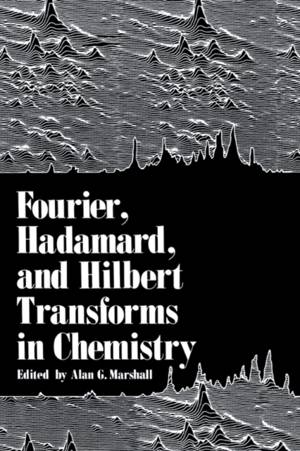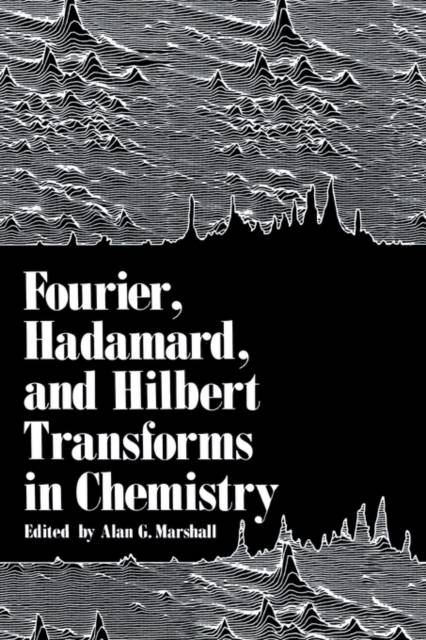
- Afhalen na 1 uur in een winkel met voorraad
- Gratis thuislevering in België vanaf € 30
- Ruim aanbod met 7 miljoen producten
- Afhalen na 1 uur in een winkel met voorraad
- Gratis thuislevering in België vanaf € 30
- Ruim aanbod met 7 miljoen producten
Zoeken
€ 335,95
+ 671 punten
Uitvoering
Omschrijving
In virtually all types of experiments in which a response is analyzed as a function of frequency (e. g., a spectrum), transform techniques can significantly improve data acquisition and/or data reduct ion. Research-level nuclear magnet ic resonance and infra-red spectra are already obtained almost exclusively by Fourier transform methods, because Fourier transform NMR and IR spectrometers have been commercially available since the late 1960-s. Similar transform techniques are equally valuable (but less well-known) for a wide range of other chemical applications for which commercial instruments are only now becoming available: for example, the first corrmercial Fourier transform mass spectrometer was introduced this year (1981) by Nicolet Instrument Corporation. The purpose of this volume is to acquaint practicing chemists with the basis, advantages, and applica- of Fourier, Hadamard, and Hilbert transforms in chemistry. For tions almost all chapters, the author is the investigator who was the first to apply such methods in that field. The basis and advantages of transform techniques are described in Chapter 1. Many of these aspects were understood and first applied by infrared astronomers in the 1950-s, in order to improve the otherwise unacceptably poor signal-to-noise ratio of their spec- tra. However, the computations required to reduce the data were painfully slow, and required a 1 arge computer.
Specificaties
Betrokkenen
- Auteur(s):
- Uitgeverij:
Inhoud
- Aantal bladzijden:
- 562
- Taal:
- Engels
Eigenschappen
- Productcode (EAN):
- 9780306409042
- Verschijningsdatum:
- 1/02/1982
- Uitvoering:
- Hardcover
- Formaat:
- Genaaid
- Afmetingen:
- 160 mm x 243 mm
- Gewicht:
- 993 g

Alleen bij Standaard Boekhandel
+ 671 punten op je klantenkaart van Standaard Boekhandel
Beoordelingen
We publiceren alleen reviews die voldoen aan de voorwaarden voor reviews. Bekijk onze voorwaarden voor reviews.











